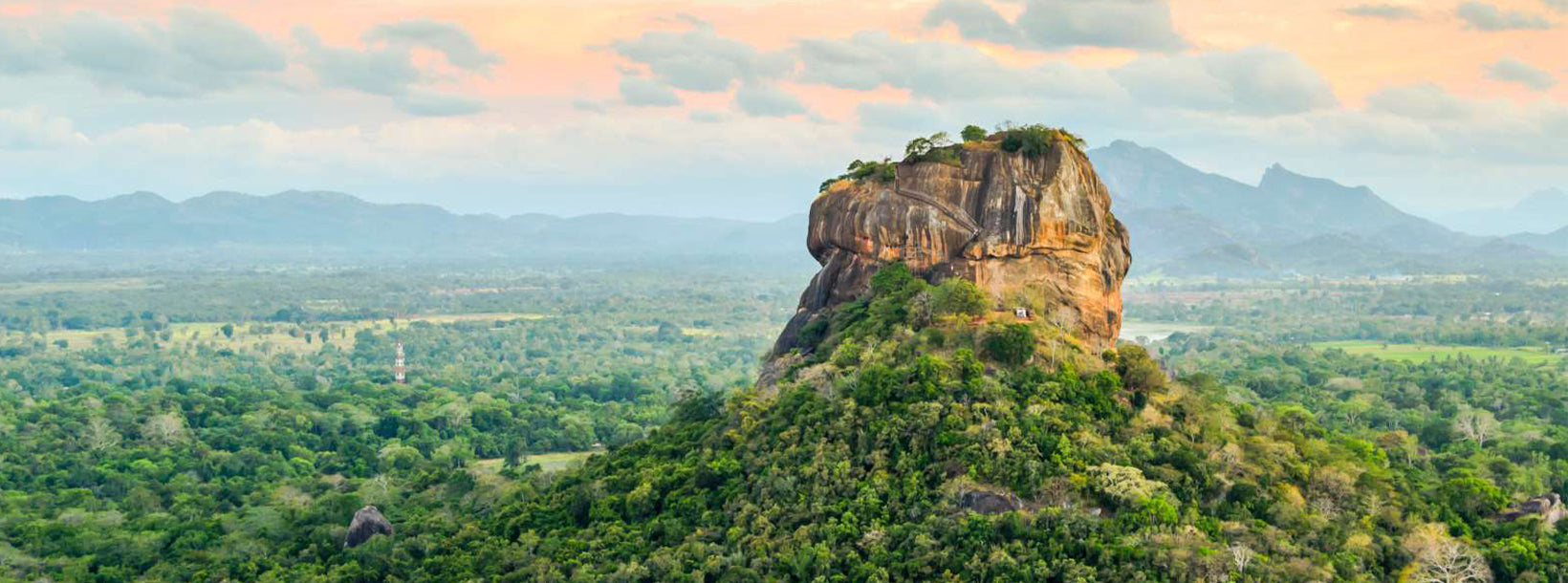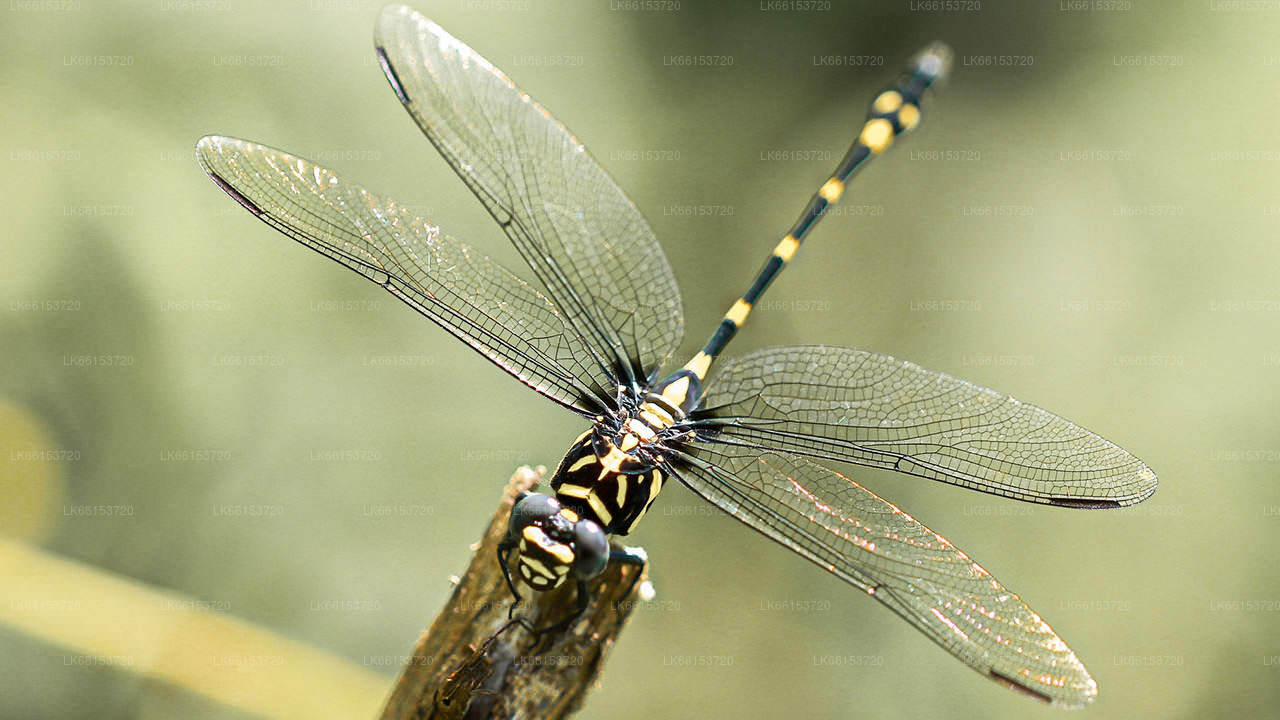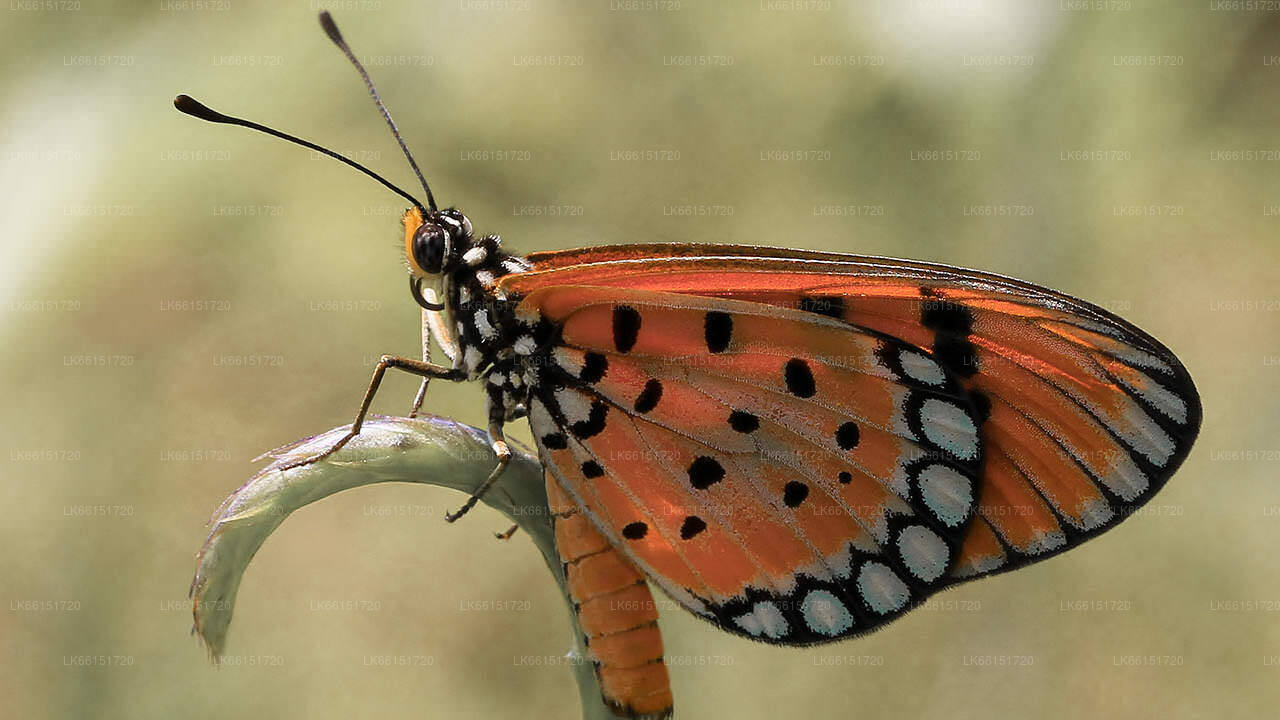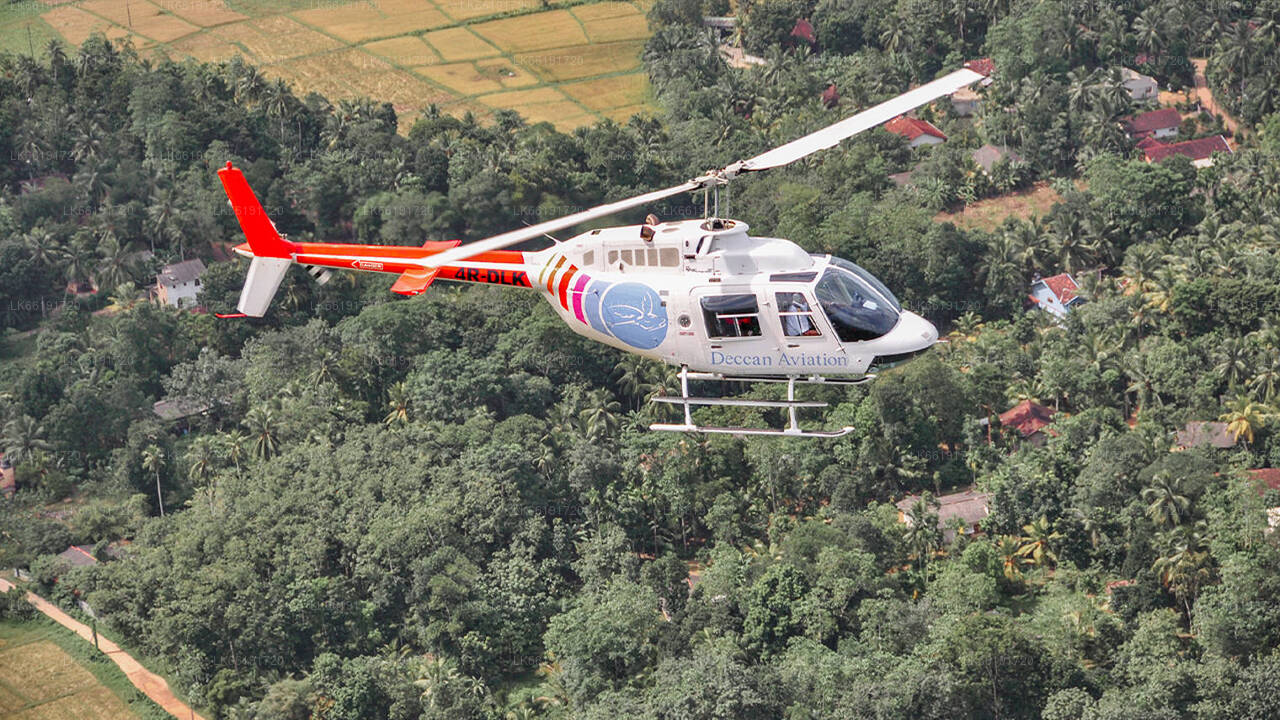
Město Sigiriya
Sigiriya, památka UNESCO na Srí Lance, je starobylá skalní pevnost a palác s úchvatnými freskami a rozsáhlými zahradami. Dramaticky se tyčí z rovin a je důkazem bohaté historie a architektonické vynalézavosti ostrova. Prozkoumejte okouzlující krásu a kulturní význam Sigiriyi.
Sigiriya Frescoes
The Sigiriya Frescoes were painted on the western surface of Sigiriya Rock, located in central Sri Lanka. Painted thirteen hundred years ago, they were the highlight of a massive palace complex built in 480AD by King Kasyapa. Today only a few paintings survive, in a small pocket half-way up the rock, about 100 meters above ground.
Protected in this small, sheltered depression a hundred meters above ground, they float effortlessly among the clouds. Some say they are celestial nymphs carrying flowers to shower upon kings and mortals below. Others suggest that they are queens and concubines of Kasyapa’s harem.
The ladies of the frescoes have been the subject of speculation for nearly one thousand six hundred years. They, in turn, have remained silent, smiling enigmatically, their secret intact for over 1,600 years. The names of the ladies and the artists who painted them are lost to history. Their legacy has survived for over half a million days, a testament to the genius of their creators and the king who commissioned them.
Who are the women in the Sigiriya Frescoes?
The rich adornments, sophisticated clothing, lifelike appearance, vibrant use of color, and the true rendition of facial and anatomical characteristics support the view that the artist drew his inspiration from the ladies of King Kasyapa’s court — his harem. The most telling validation of this view is that they all wear a delicate three-circled tattoo around their necks
The prominent but unobtrusive display of this tattoo, worn with pride, was meant to clearly identify these ladies as belonging to the king. They were ladies of the king’s harem, dressed in their finest. They were to be admired but not touched. For this reason, they were depicted in true form, voluptuous and desirable, but shorn of any earthly sexuality. They were not intended to be titillating. Depicted as supernatural beings they are portrayed with flowers to shower upon humans below. They were intended to evoke a sense of wonderment and to project the opulence and grandeur of Kasyapa the all-powerful god-king.
O Centrální provincii
Centrální provincie Srí Lanky se skládá převážně z hornatého terénu. Provincie má rozlohu 5 674 km² a 2 421 148 obyvatel. Mezi některá větší města patří Kandy, Gampola (24 730), Nuwara Eliya a Bandarawela. Obyvatelstvo je směsicí Sinhálců, Tamilů a Maurů.
Jak horské hlavní město Kandy, tak i město Nuwara Eliya se nacházejí v Centrální provincii, stejně jako Srí Pada. Provincie produkuje velkou část slavného cejlonského čaje, který Britové vysadili v 60. letech 19. století poté, co ničivá nemoc zničila všechny kávové plantáže v provincii. Centrální provincie přitahuje mnoho turistů, a to díky městům v horských oblastech, jako jsou Kandy, Gampola, Hatton a Nuwara Eliya. Chrám Buddhova zubu neboli Dalada Maligawa je hlavním posvátným místem v Centrální provincii.
Podnebí je chladné a mnoho oblastí v nadmořské výšce okolo 1500 metrů má často chladné noci. Západní svahy jsou velmi vlhké, na některých místech spadne téměř 7000 mm srážek ročně. Východní svahy patří do středně suché zóny, protože zde spadne pouze severovýchodní monzun. Teploty se pohybují od 24 °C v Kandy do pouhých 16 °C v Nuwara Eliya, která se nachází 1 889 m nad mořem. Nejvyšší hory Srí Lanky se nacházejí v Centrální provincii. Terén je převážně hornatý s hlubokými údolími, která se do něj zařezávají. Dvěma hlavními horskými oblastmi jsou centrální masiv a pohoří Knuckles východně od Kandy.
























